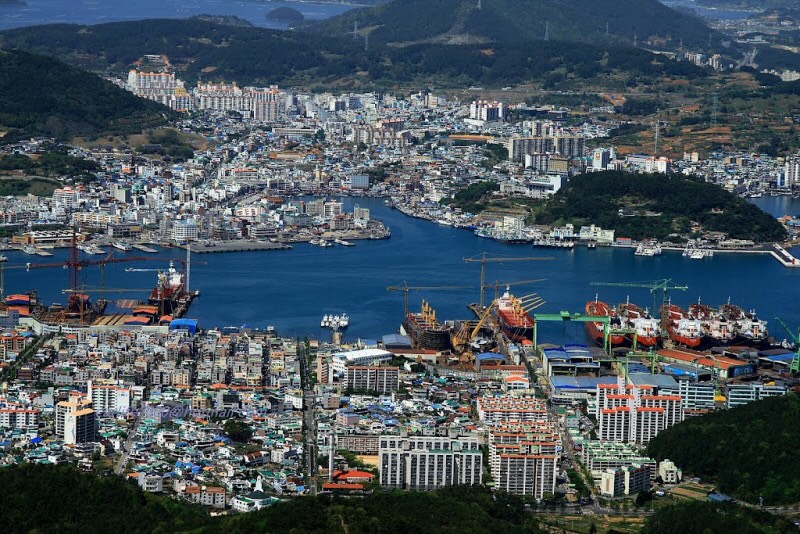
South Korea’s demand for LNG «disappointing»

According to the report of the Maritime Executive, South Korea’s Ministry of Trade, Industry and Energy released its 13th Long-term Natural Gas Supply plan (13th Plan) last week covering the period from 2018 to 2031.
The plan forecasts that by 2031, gas demand will reach 40.5 million tons (Mt), just 3 Mt up from 2017 levels.
Kiah Wei Giam, analyst at Wood Mackenzie, said: «The release of the long-term electricity plan last December had braced LNG suppliers for the disappointing demand growth in what is now the world’s 3rd largest LNG market. The initial optimism of LNG suppliers when President Moon was elected has been replaced with the recognition that more is needed to be done for gas to displace coal & nuclear».
The anticipated 8% growth over 14 years looks disappointing, says Kiah, but the latest forecast is already a major upgrade over the 12th gas plan. Under the previous gas plan which forecasted up to 2029, gas demand reached 35 Mt by 2029.
Gas demand will fall before growing again post 2025, due to the additions of coal and nuclear capacities between now and 2023. Wood Mackenzie forecasts 4GW and 5GW net additions for coal and nuclear respectively over the next 5 years.
With the electricity market facing oversupply over the next few years, it will be even harder for gas to displace coal or nuclear based on pure economics, says Kiah. Government’s policies limiting coal or nuclear generation will help.
In the 8th Plan, all coal units that are over 30 years of age will be required to shut down in spring where electricity demand is low. Based on our initial analysis, even with gas-friendly polices in place, gas demand will still decline, hitting a trough of 34 Mt in the 2022/23 period.
«Gas demand will turn the corner post 2024 as 4GW of coal and 5GW of nuclear are retired between 2024 and 2031. Additionally, as per the 8th Electricity Plan, no new units of coal nor nuclear will be added beyond those that are approved».
A shortfall in renewables could benefit LNG demand. «While we expect solar and wind generation to grow by 9 times between 2017 and 2031, the increase is still insufficient to meet electricity demand growth», says Kiah. «The government targets renewables to account for 20% of the electricity generation by 2030, while we forecast the share will only reach 15%. As such, gas will be needed to make up for the shortfall. Hence, we expect gas demand to reach 42Mt by 2031, around 2Mt higher than the government’s forecast».
The 13th Plan also confirms the increasing role of gas in the electricity generation mix as outlined in the 8th Electricity Plan. Lowering of tax on LNG imports or introducing environmental dispatch which includes emission costs would increase the competitiveness of gas.
